VIKING GILT KNOTWORK NOBLEMAN'S DIADEM 9th-12th century AD A parcel-gilt silver diadem or brow-band, penannular with holes at the rounded ends for closure; the outer face decorated with a finely engraved running knotwork pattern between borders; three gilded studs to the front. 40 grams, 17cm (6 3/4"). Fine condition. Extremely rare. Provenance Property of an American collector; acquired 1980-2000. Literature Cf. Jilina, N. V. Slavic and Old Russian Art of Jewelry and its Roots, St. Petersburg, 2006, p.179, fig.2; similar regular knotwork appears on the 8th century mounts from Whitby Abbey, Yorkshire, in Wilson, D.M. Anglo-Saxon Ornamental Metalwork 700-1100 in the British Museum, London, 1964, items, 106-8. Footnotes This band probably held a cloth head scarf or covering in place and, according to the material, would have denoted social and marriage status. Head coverings were typically worn by women, though headbands were also worn by men of high social status. The majority for women were perhaps as simple as a knotted kerchief over the head, which was suggested by finds at the Oseberg ship burial. The Rígsþula (verse 2) says that even women of the lowest class wore a headdress. A number of different kinds of head-coverings for women are mentioned in the sagas, some of which are elaborate headdresses, which may have been worn like jewellery on special occasions. The Laxdæla saga (chapter 45) tells of a headdress given by Kjartan to his bride Hrefna as a wedding gift which had eight ounces of gold woven into the fabric. It has been suggested that the type of headdress worn served to distinguish married from unmarried women. Caps of cotton and wool have been found in archaeological contexts in Dublin, and a fine tasselled hood was found in the Orkney isles. Other materials were used, such as silk for the wealthy, of which examples have been found at York and Lincoln.
VIKING GILT KNOTWORK NOBLEMAN'S DIADEM 9th-12th century AD A parcel-gilt silver diadem or brow-band, penannular with holes at the rounded ends for closure; the outer face decorated with a finely engraved running knotwork pattern between borders; three gilded studs to the front. 40 grams, 17cm (6 3/4"). Fine condition. Extremely rare. Provenance Property of an American collector; acquired 1980-2000. Literature Cf. Jilina, N. V. Slavic and Old Russian Art of Jewelry and its Roots, St. Petersburg, 2006, p.179, fig.2; similar regular knotwork appears on the 8th century mounts from Whitby Abbey, Yorkshire, in Wilson, D.M. Anglo-Saxon Ornamental Metalwork 700-1100 in the British Museum, London, 1964, items, 106-8. Footnotes This band probably held a cloth head scarf or covering in place and, according to the material, would have denoted social and marriage status. Head coverings were typically worn by women, though headbands were also worn by men of high social status. The majority for women were perhaps as simple as a knotted kerchief over the head, which was suggested by finds at the Oseberg ship burial. The Rígsþula (verse 2) says that even women of the lowest class wore a headdress. A number of different kinds of head-coverings for women are mentioned in the sagas, some of which are elaborate headdresses, which may have been worn like jewellery on special occasions. The Laxdæla saga (chapter 45) tells of a headdress given by Kjartan to his bride Hrefna as a wedding gift which had eight ounces of gold woven into the fabric. It has been suggested that the type of headdress worn served to distinguish married from unmarried women. Caps of cotton and wool have been found in archaeological contexts in Dublin, and a fine tasselled hood was found in the Orkney isles. Other materials were used, such as silk for the wealthy, of which examples have been found at York and Lincoln.
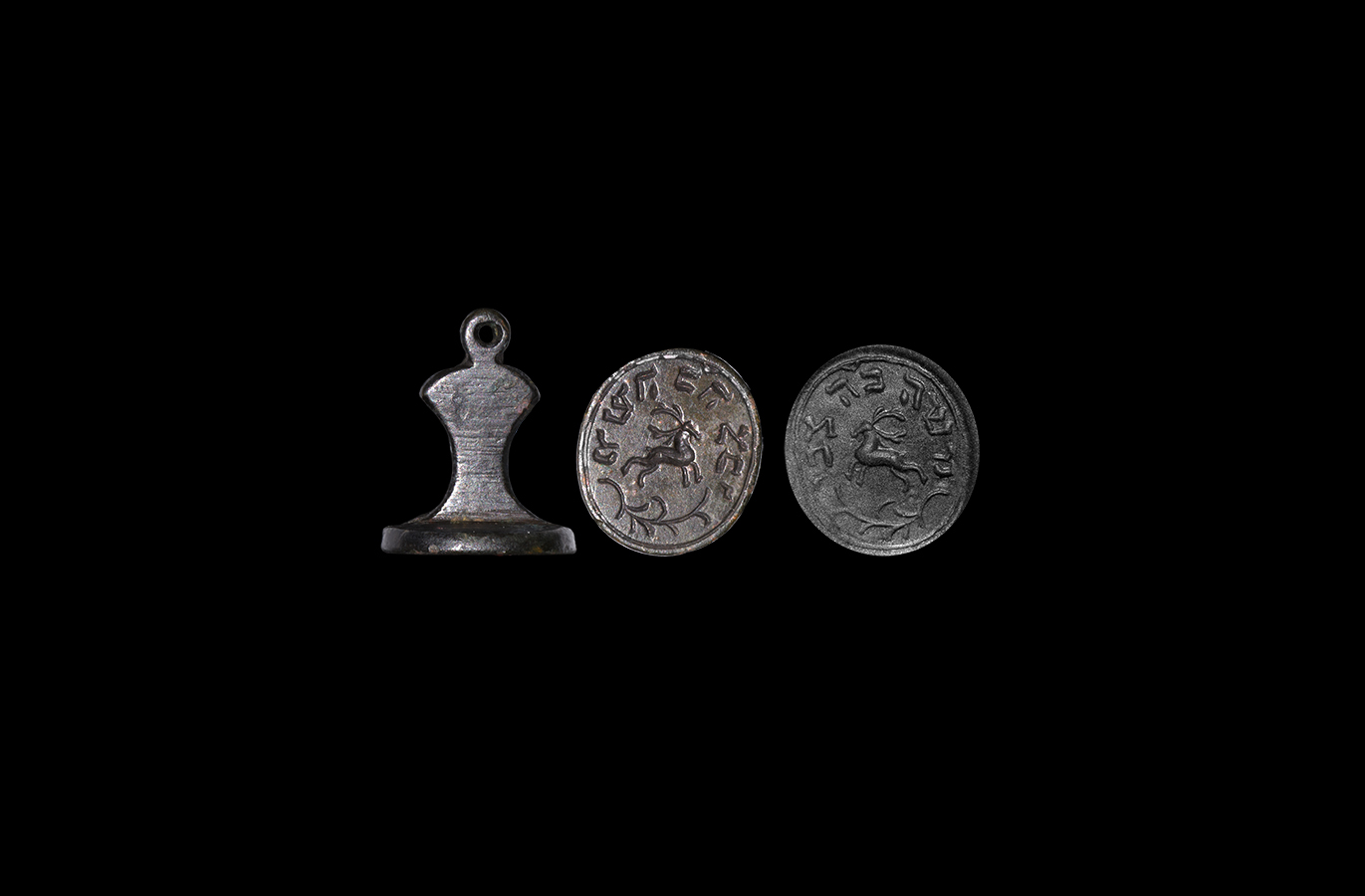
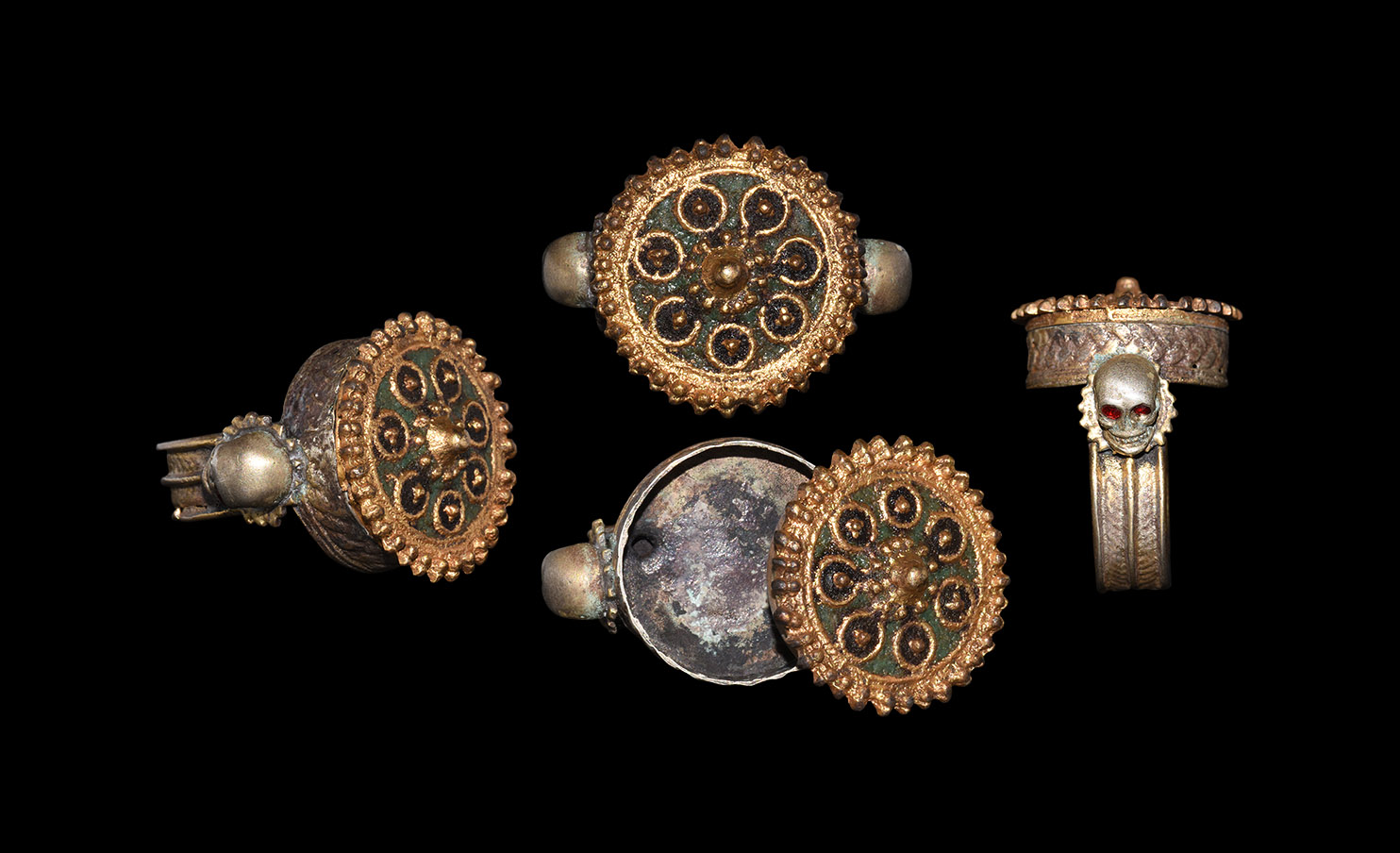
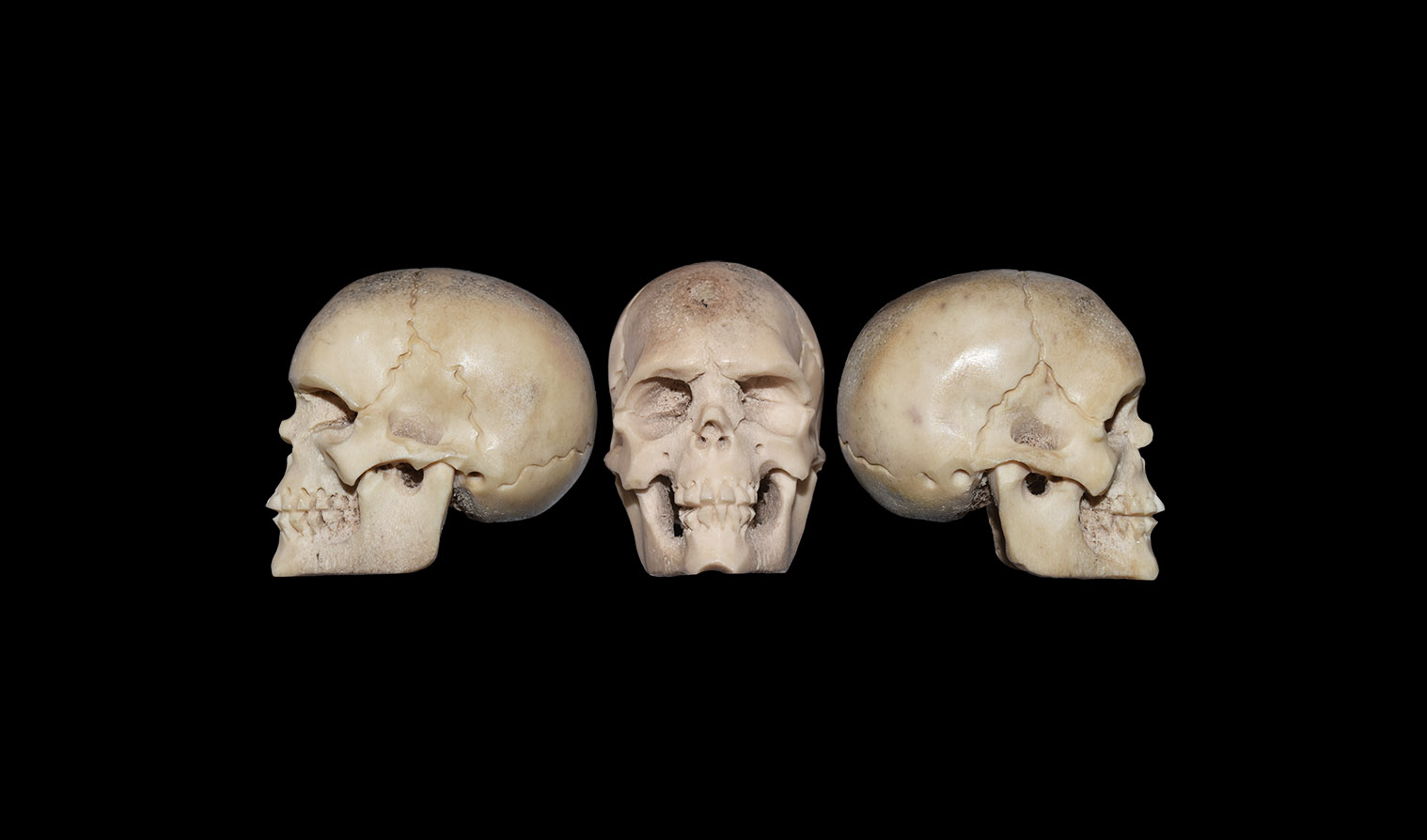
.jpg)
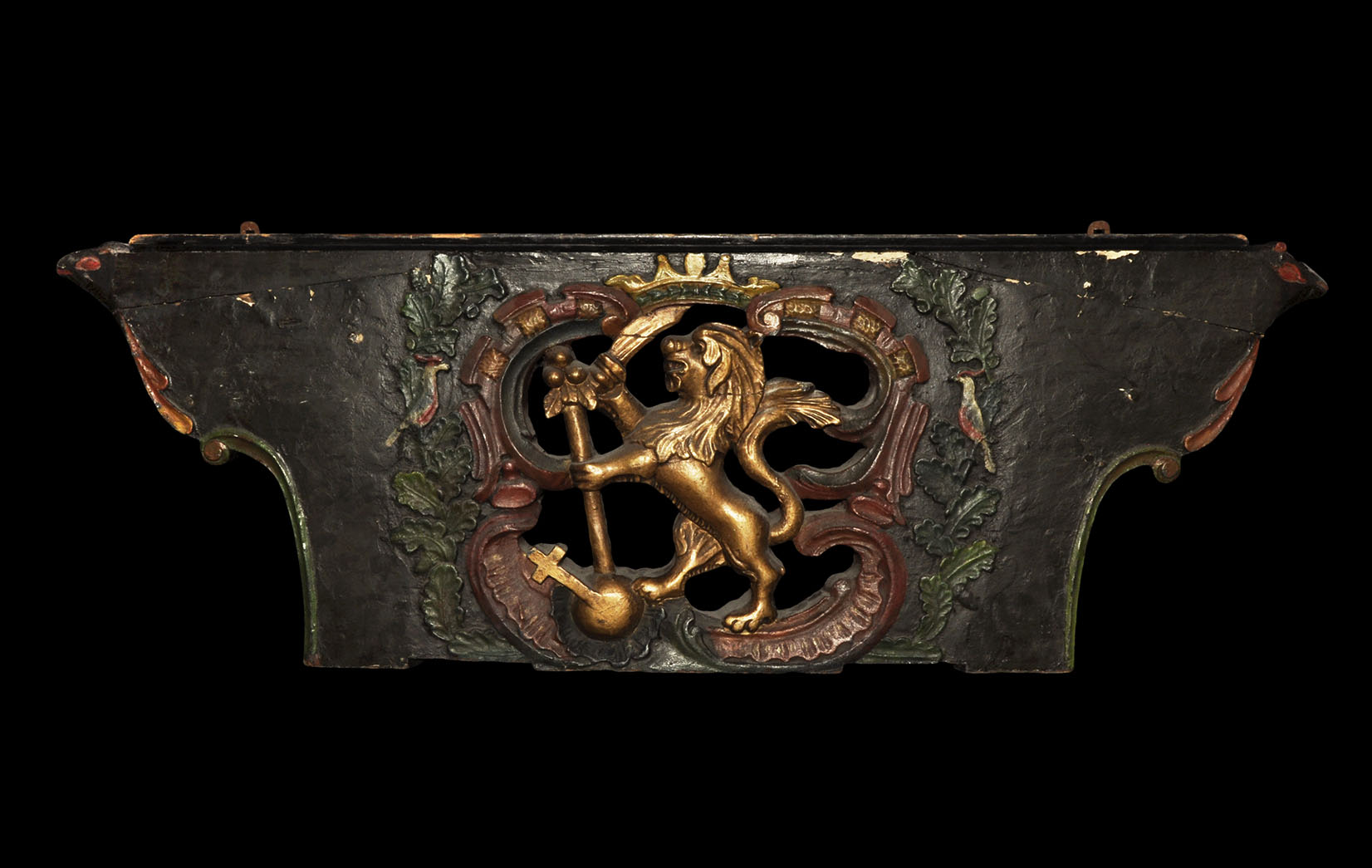
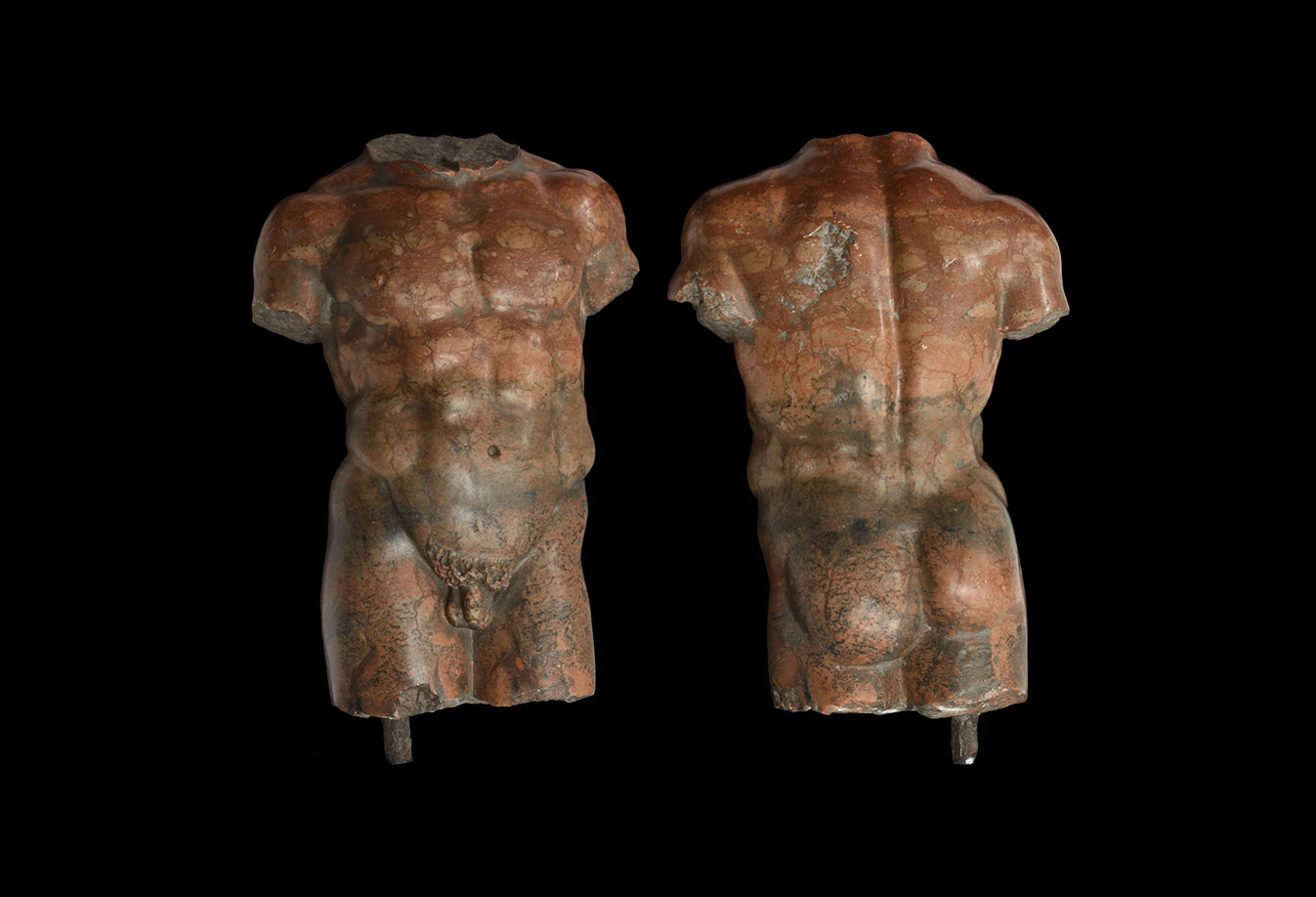
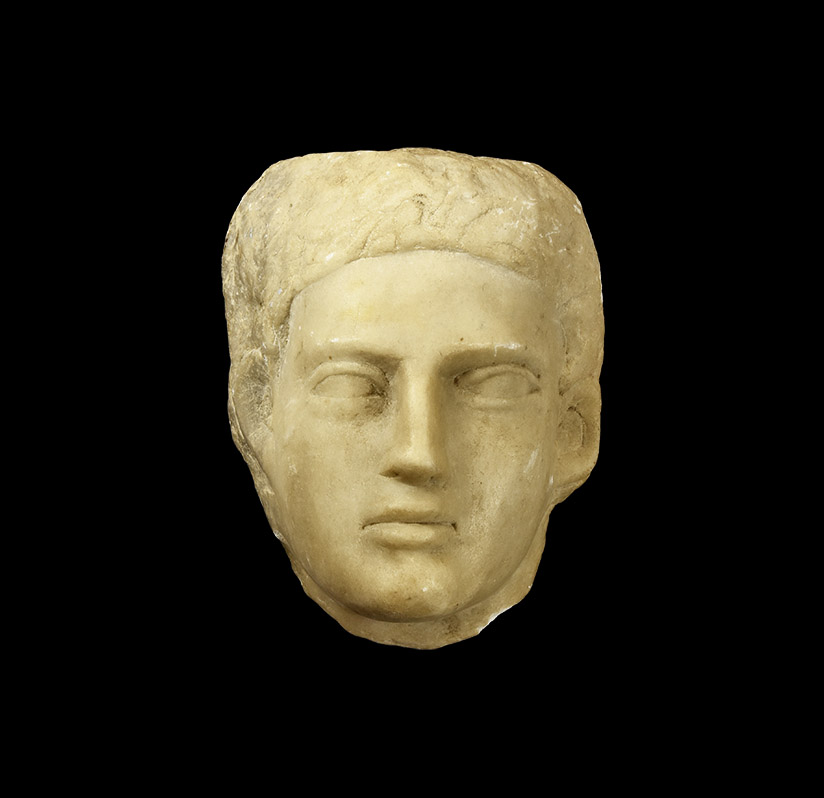
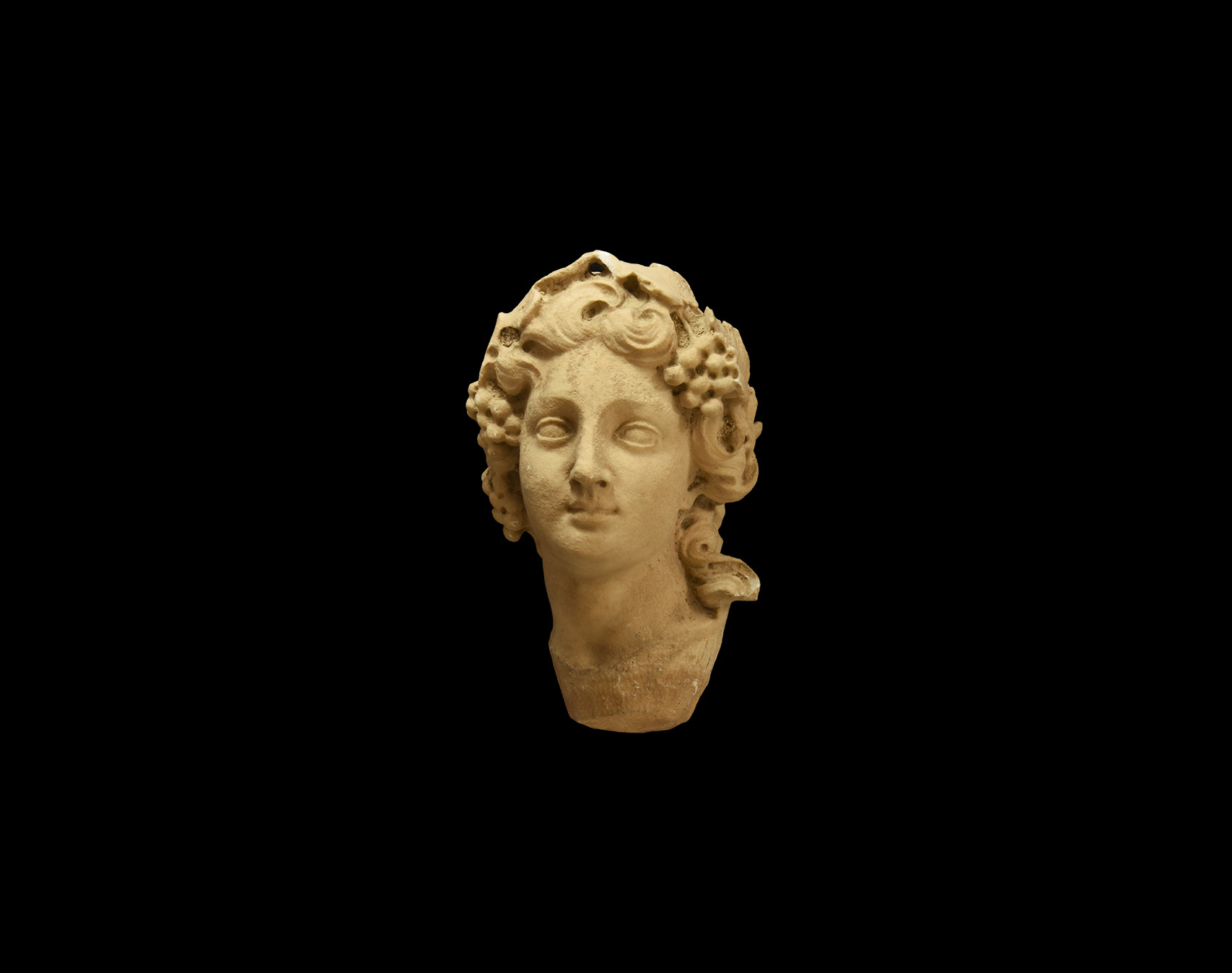
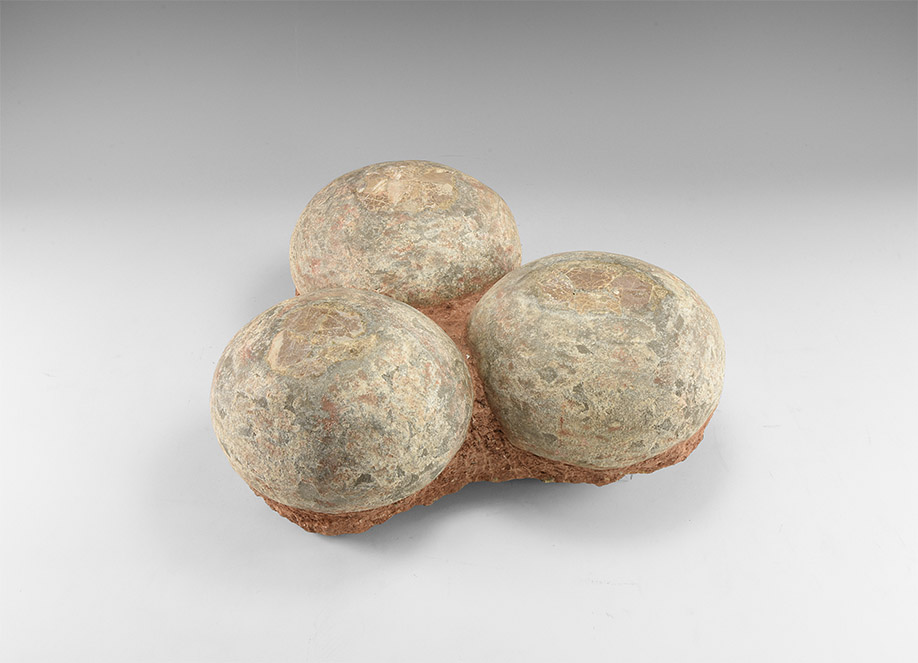
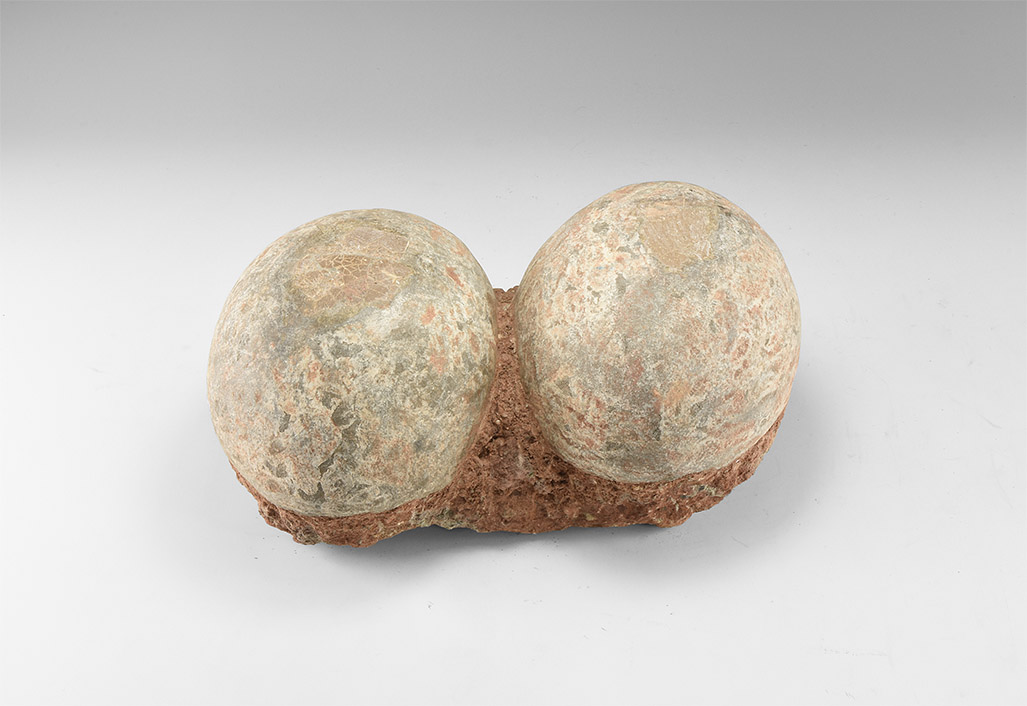
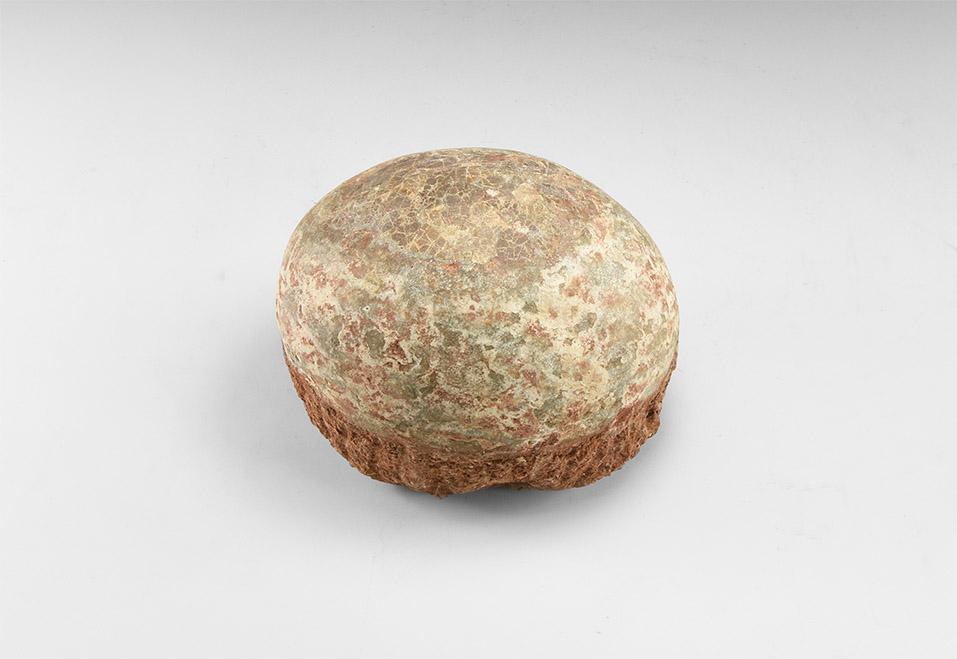
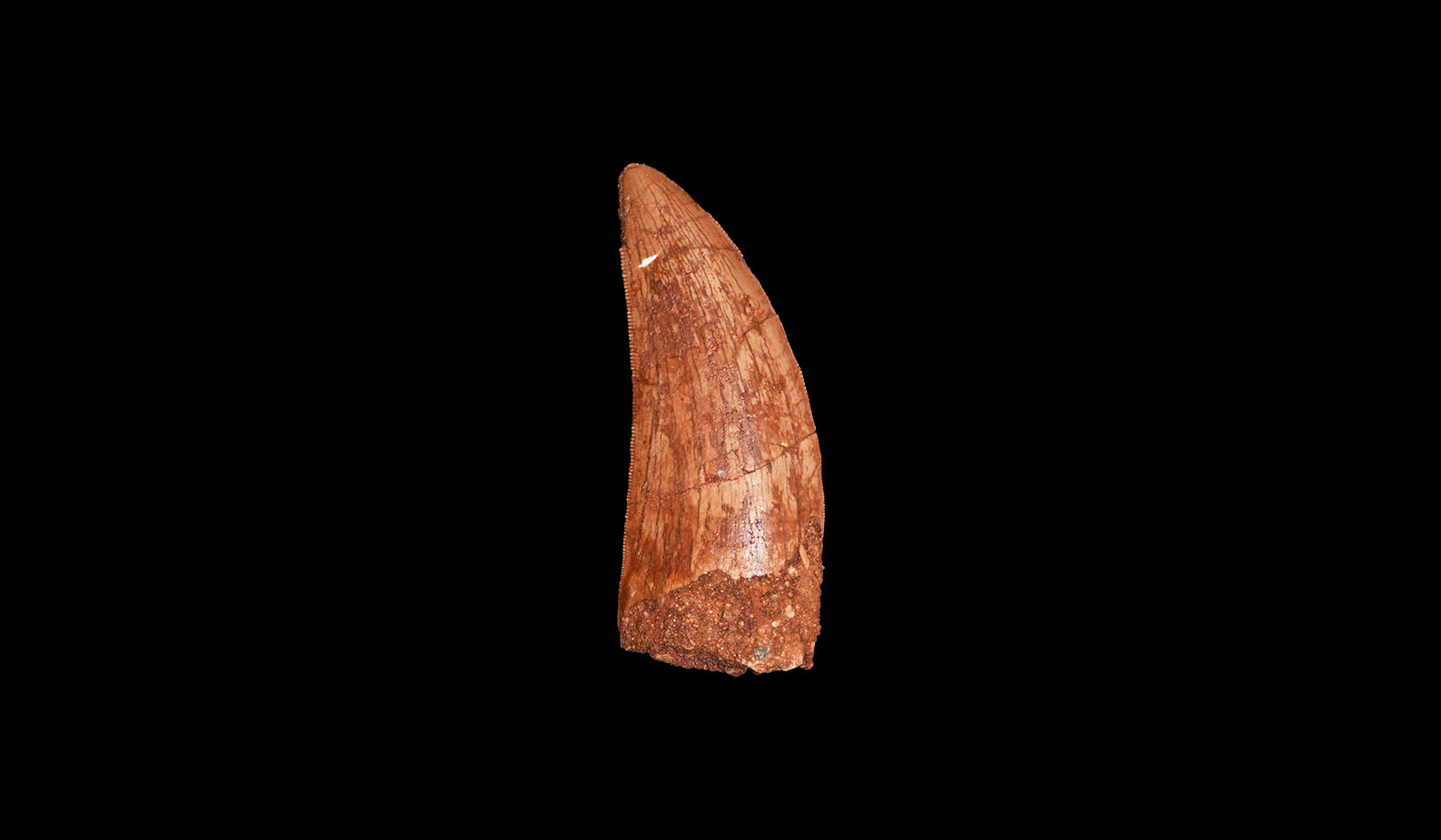
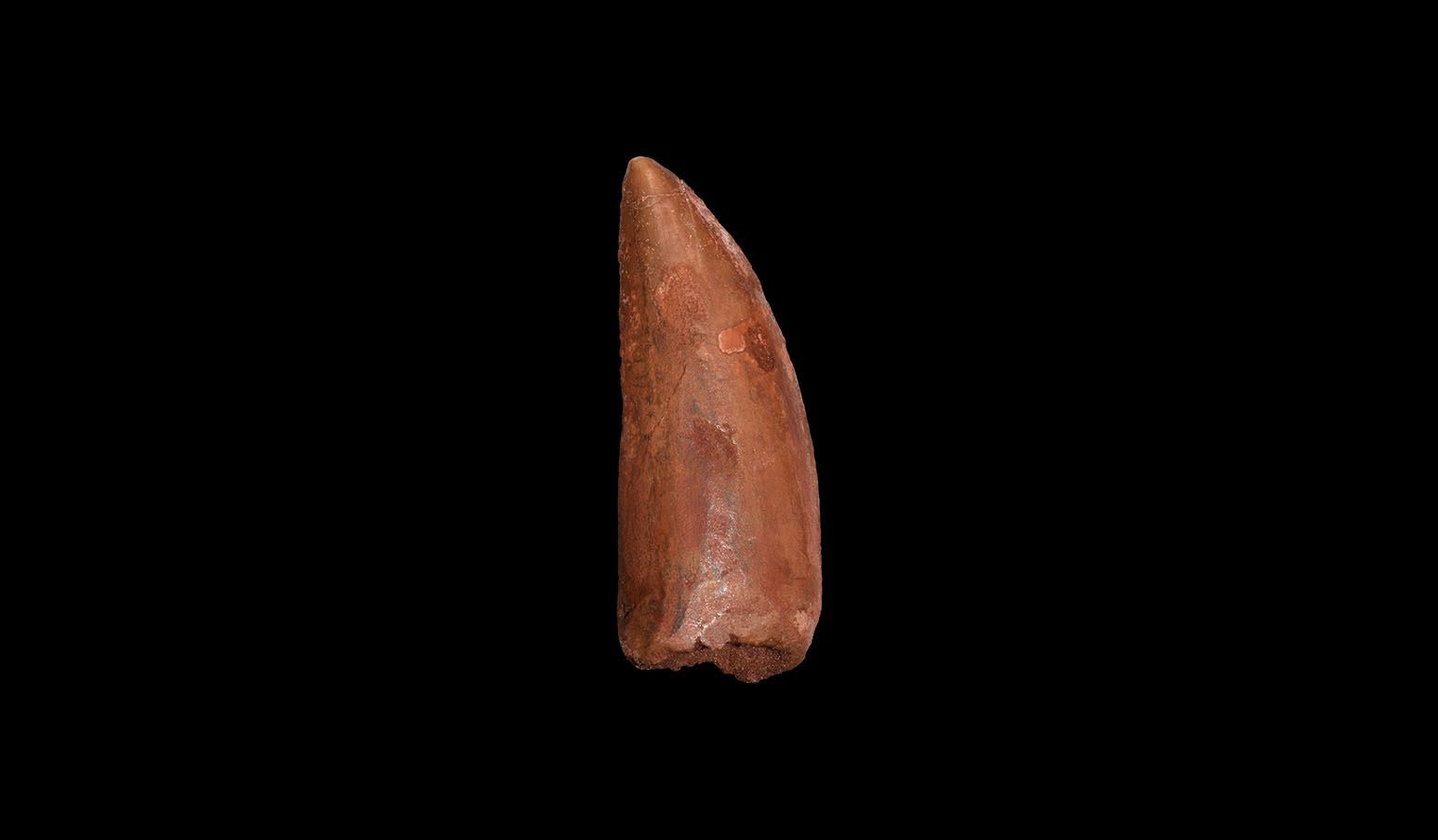
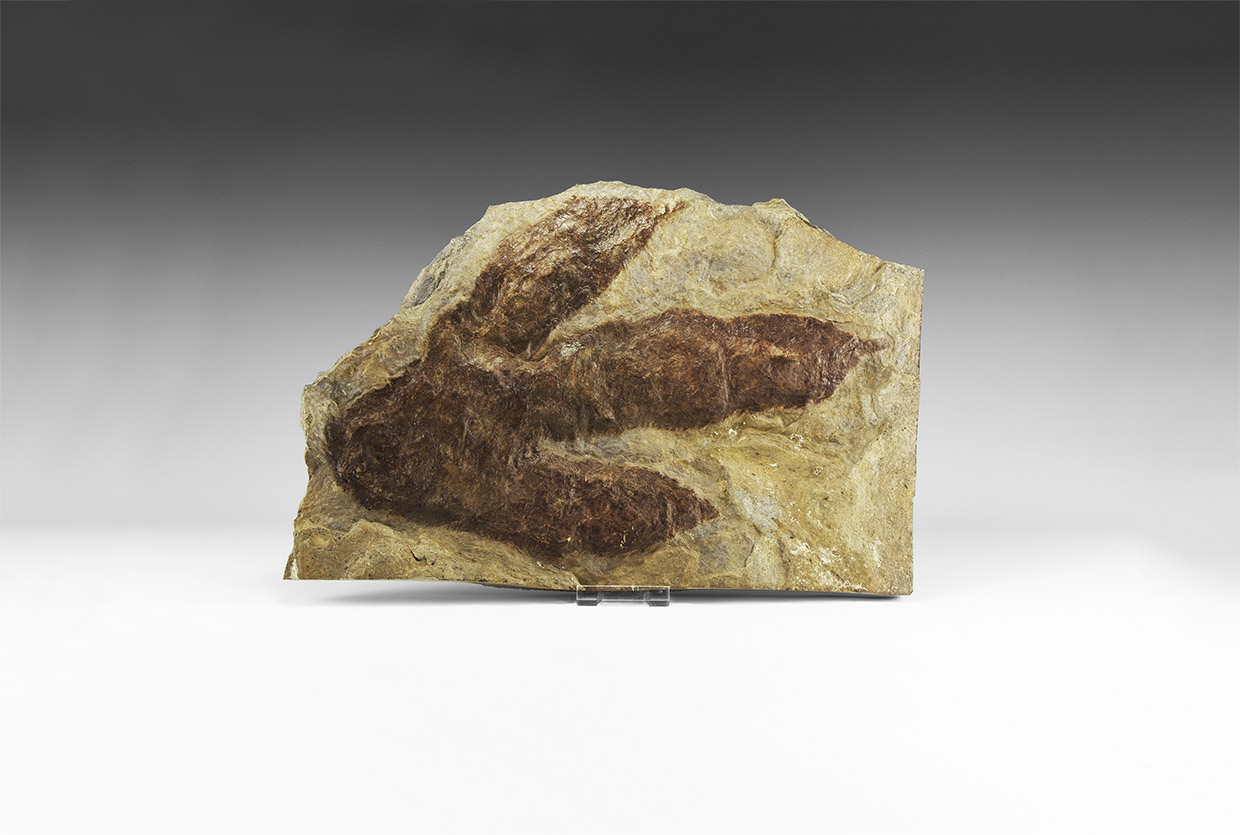
.jpg)
Try LotSearch and its premium features for 7 days - without any costs!
Be notified automatically about new items in upcoming auctions.
Create an alert